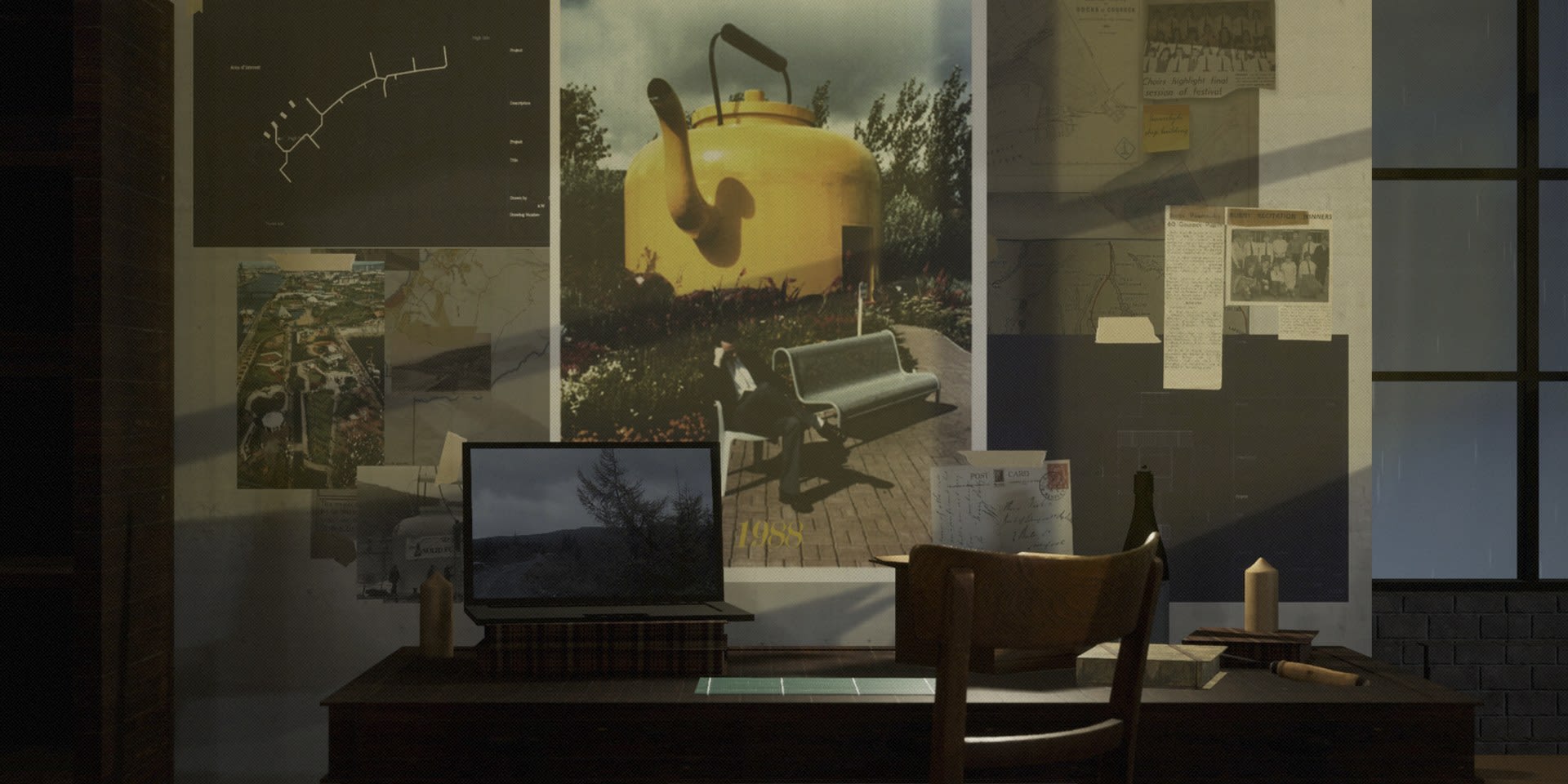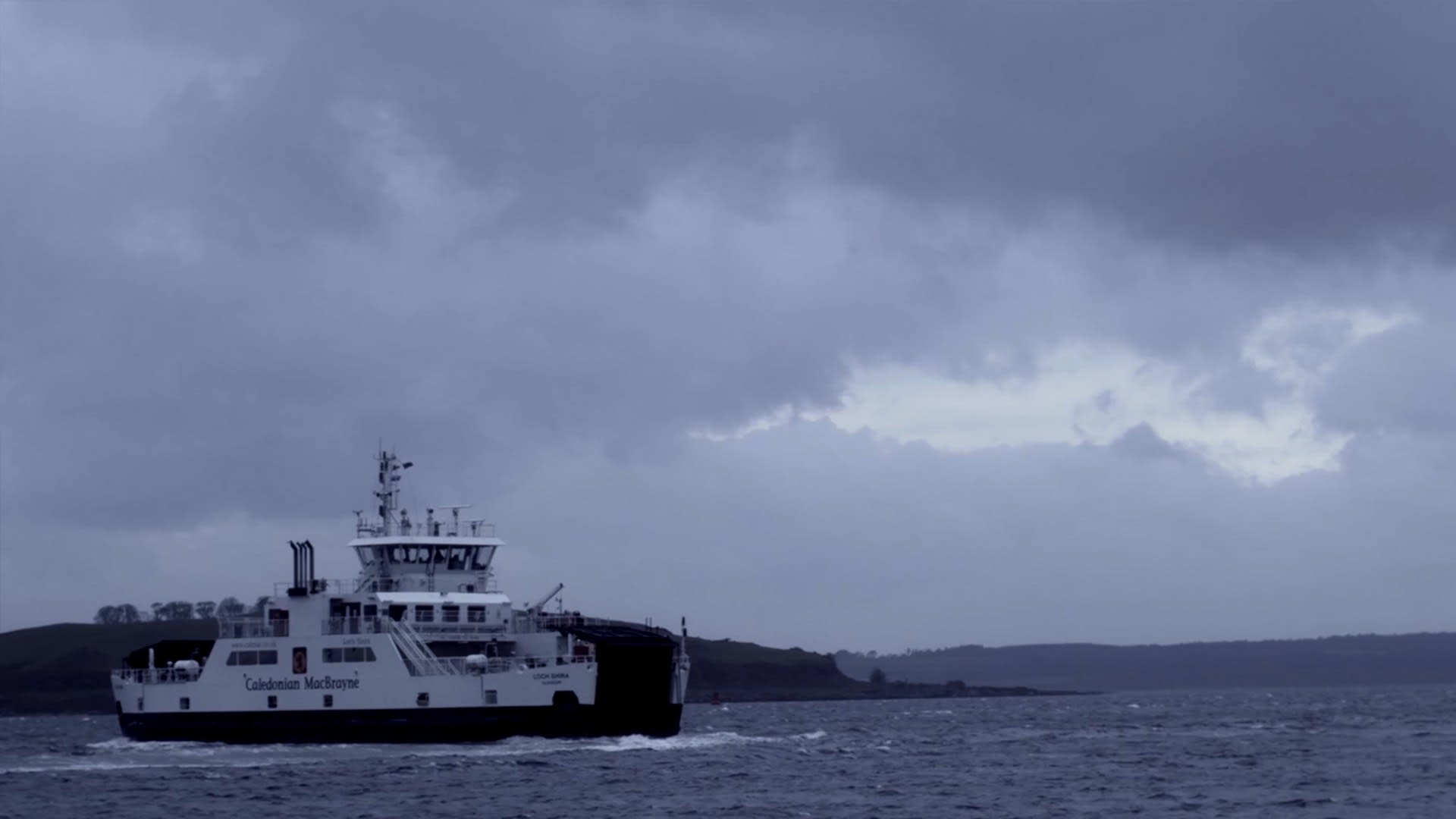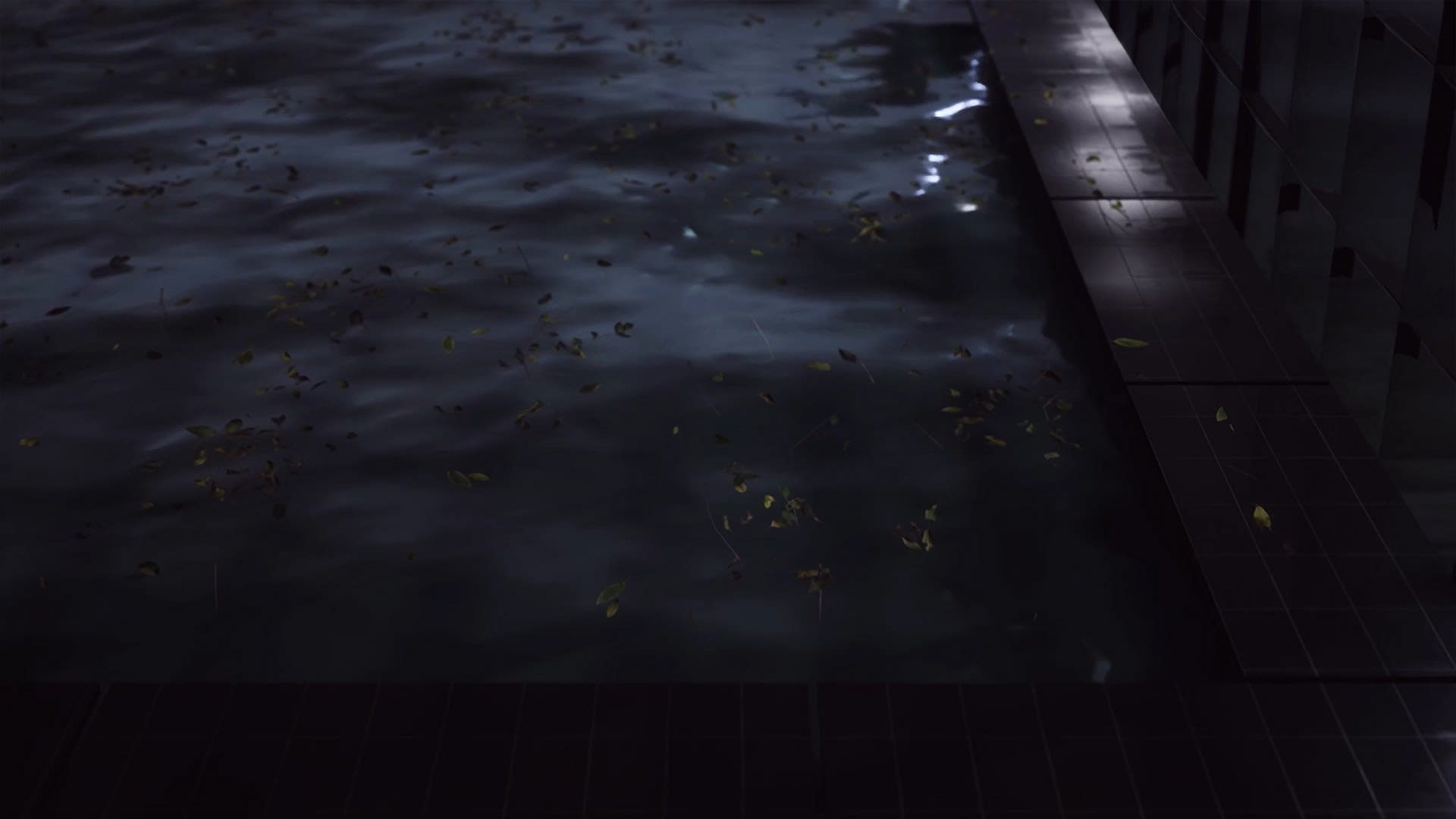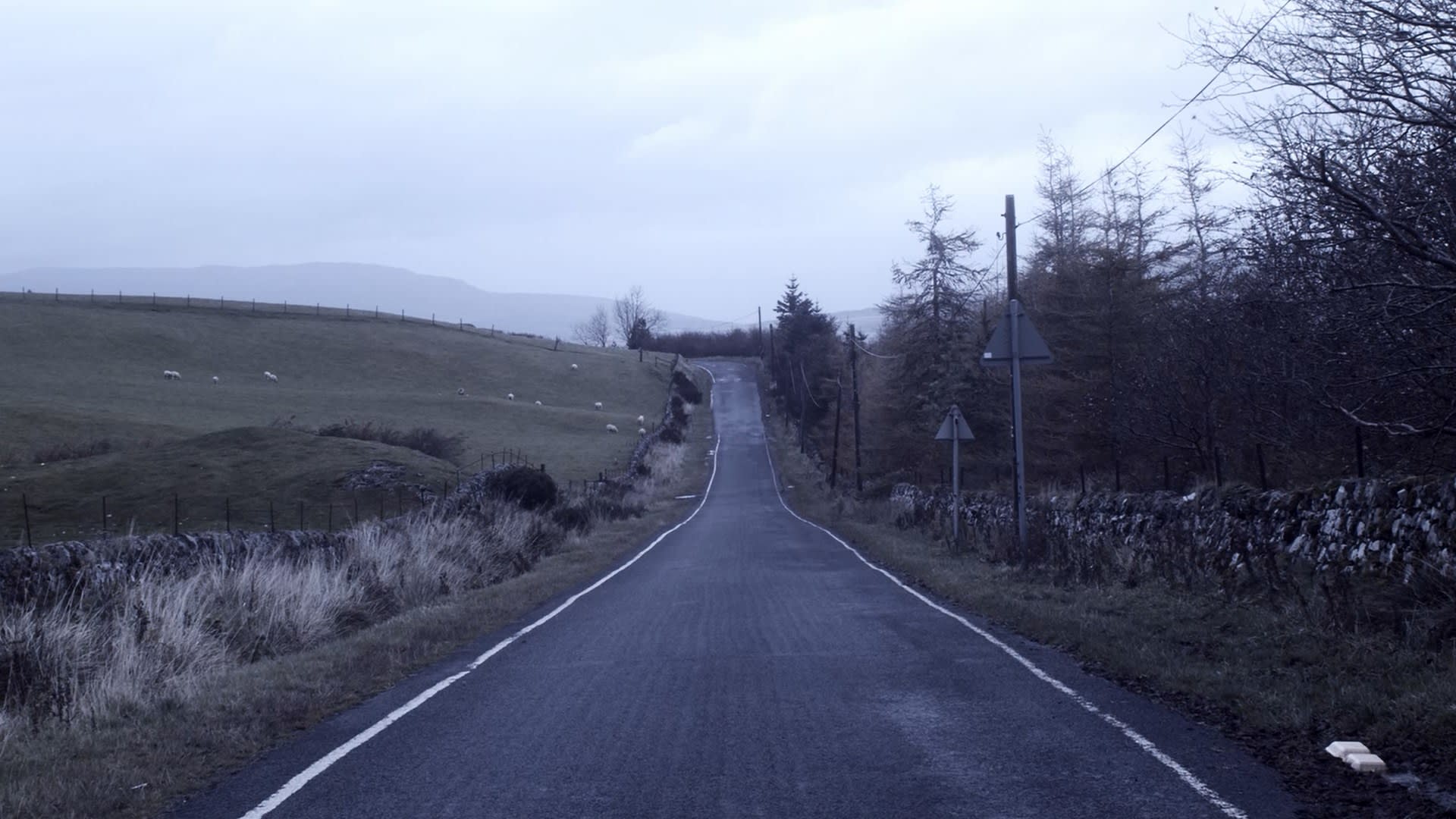Originally from Swindon (UK), I completed my undergraduate at the University of Westminster. My third year project ‘A Home for Vivienne Westwood’ was nominated for the RIBA Bronze medal. Whilst studying my BA I also undertook an exchange semester, studying at the Chinese University of Hong Kong. I also had the opportunity to work on-site in a summer programme working with Critical Concrete in Porto in sustainable design.
After graduated I worked as an Architectural Assistant for Hawkins\Brown, primarily focusing on mixed use residential projects. During my time there I enjoyed working in the model making workshops, fabricating sketch to final models for company-wide schemes. I also participated in the RIBA school programme, leading architecture workshops for a secondary school class.
Throughout my practice, I find inspiration from film, fashion and literature. My time at the Royal College of Art has allowed me to stretch these cross-disciplinary interests further. Fiction in architecture has been a central theme for both my years at the RCA: exampled by my first year project ‘The Consumption of Catastrophe’ which looked at architecture as a mechanism of fiction in portraying history. Fictional architecture was explored further in my dissertation examining the use of architectural sets in the contemporary horror film. This fascination in the boundary between fiction and reality is continuing with my present work – further stretching the connections between film and architecture through use of film, model making and animation.



















